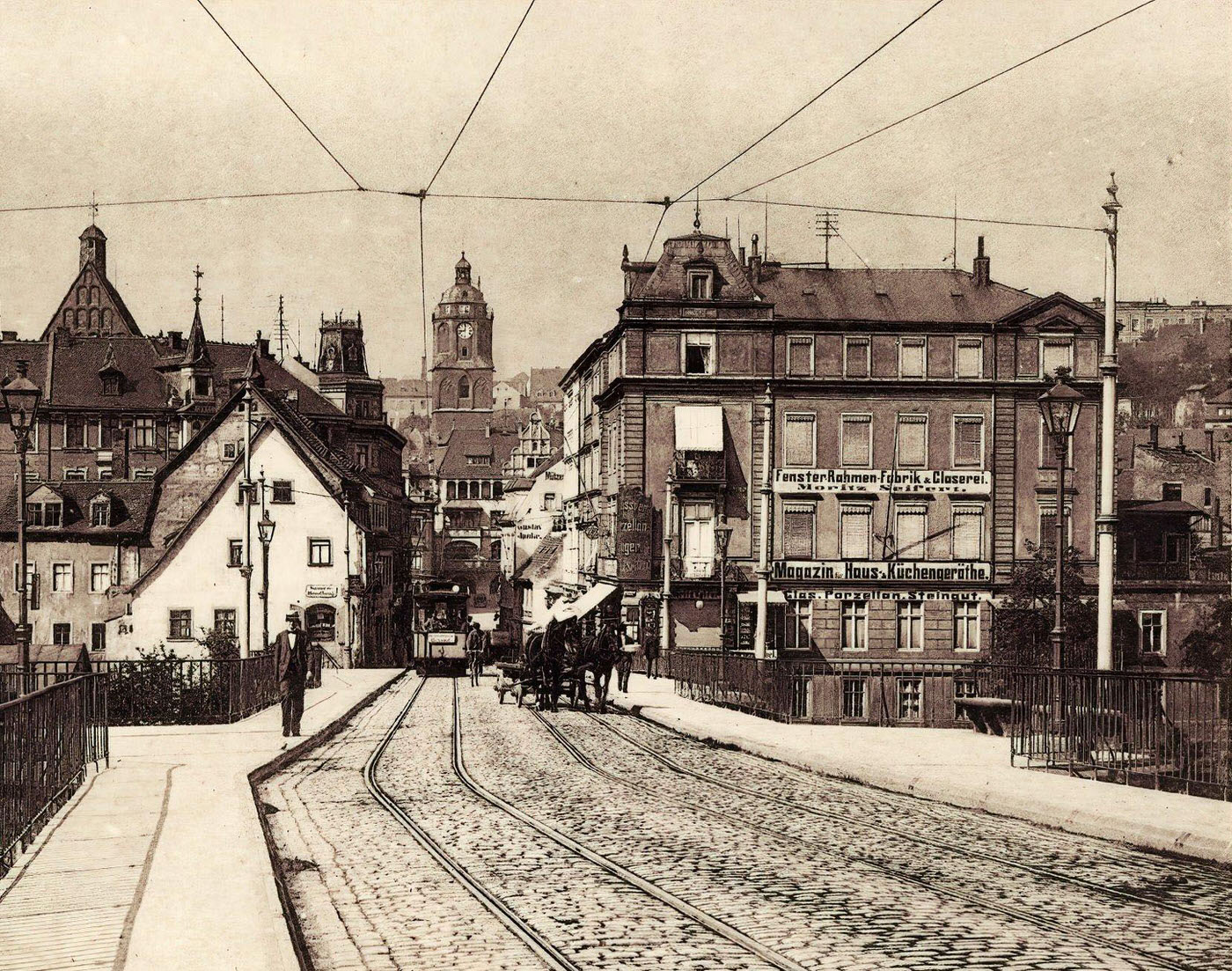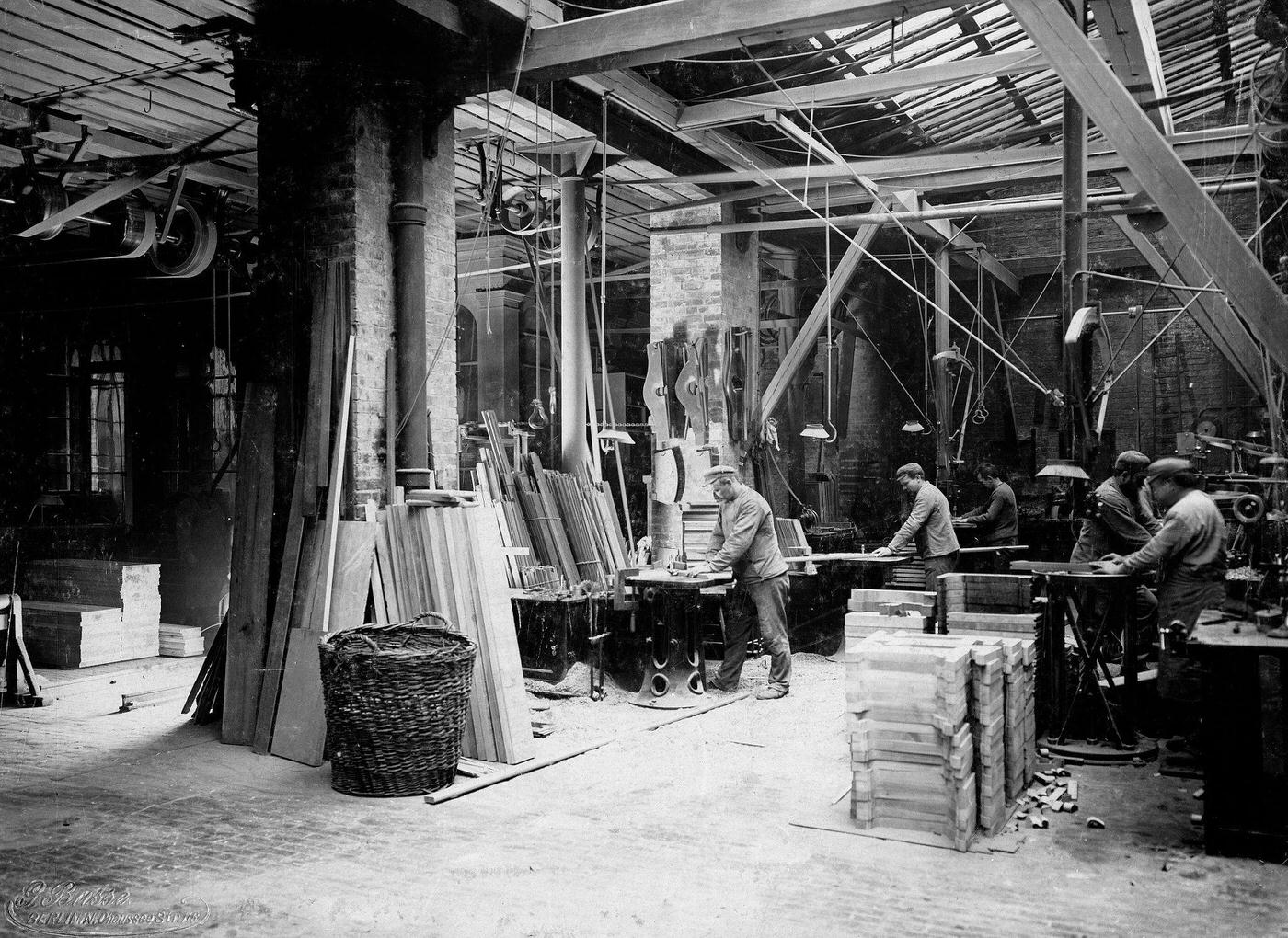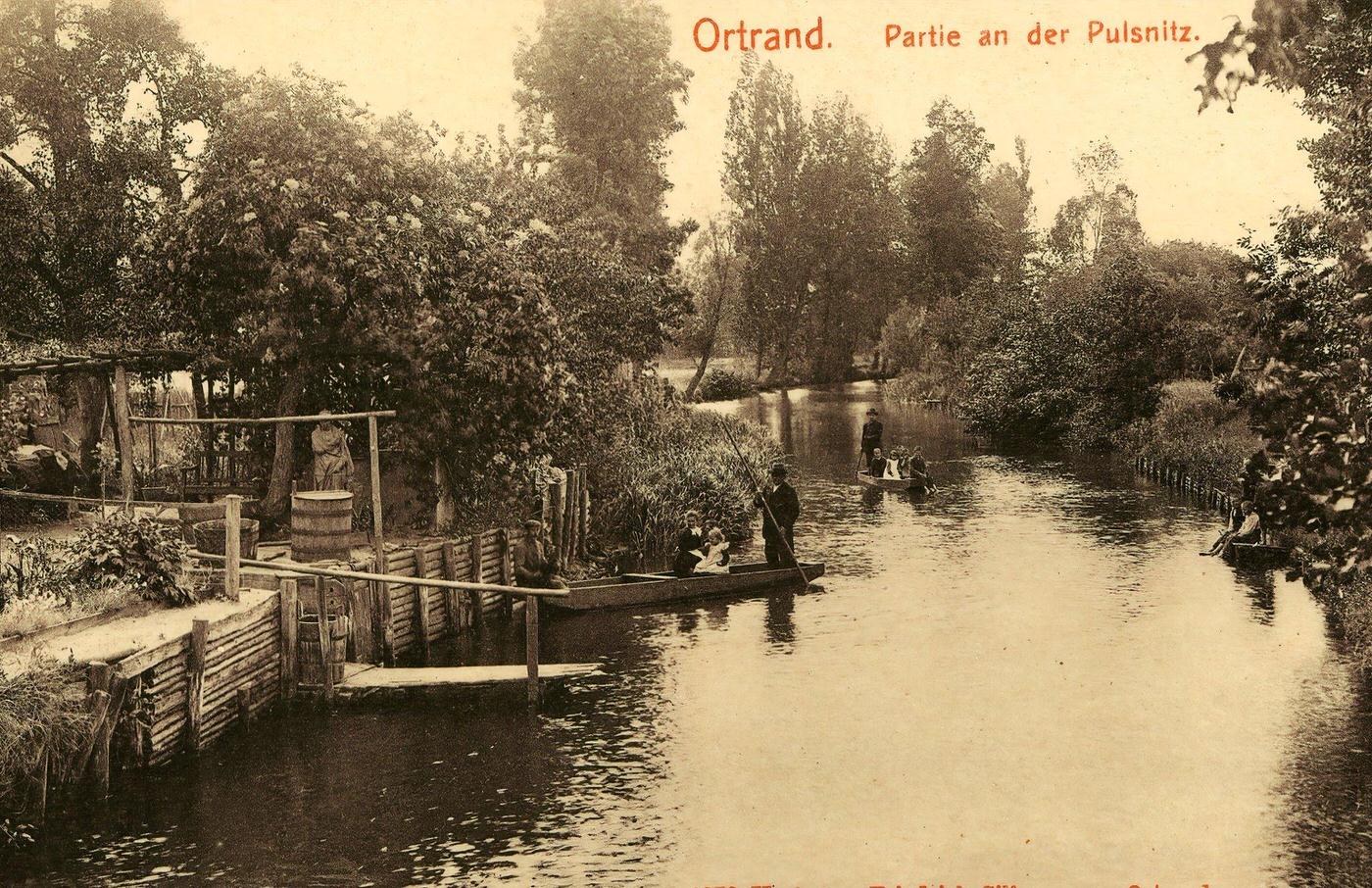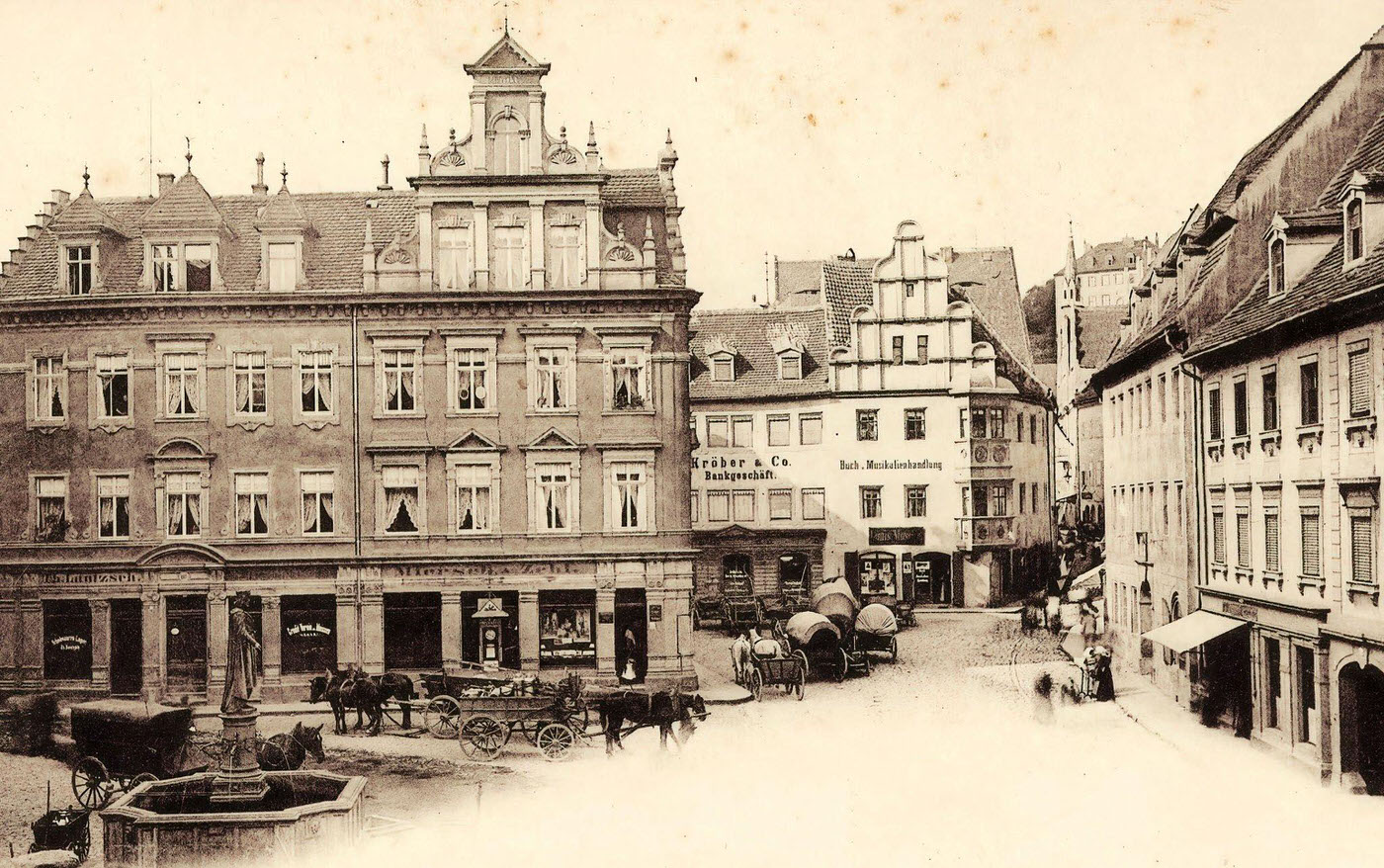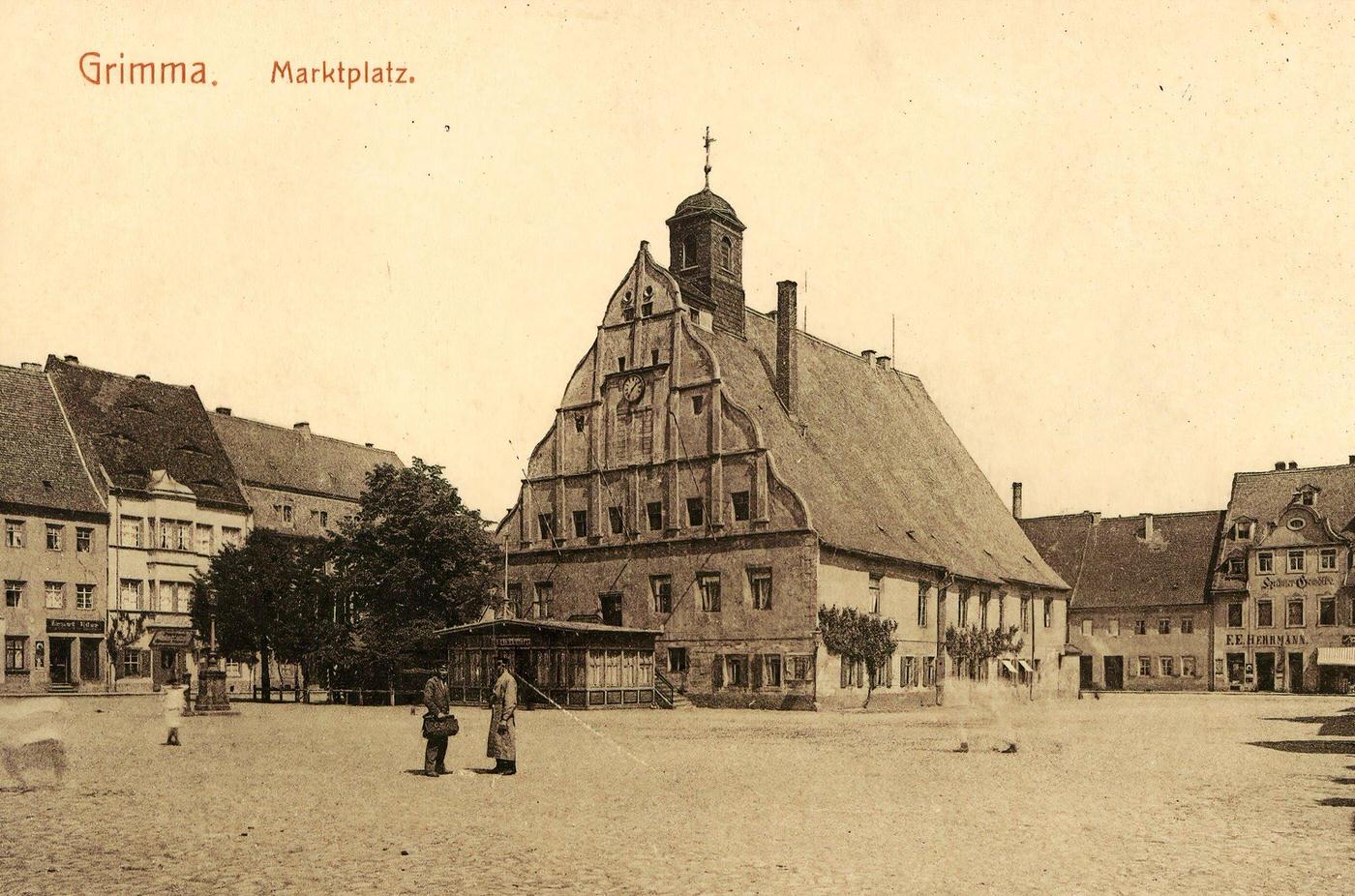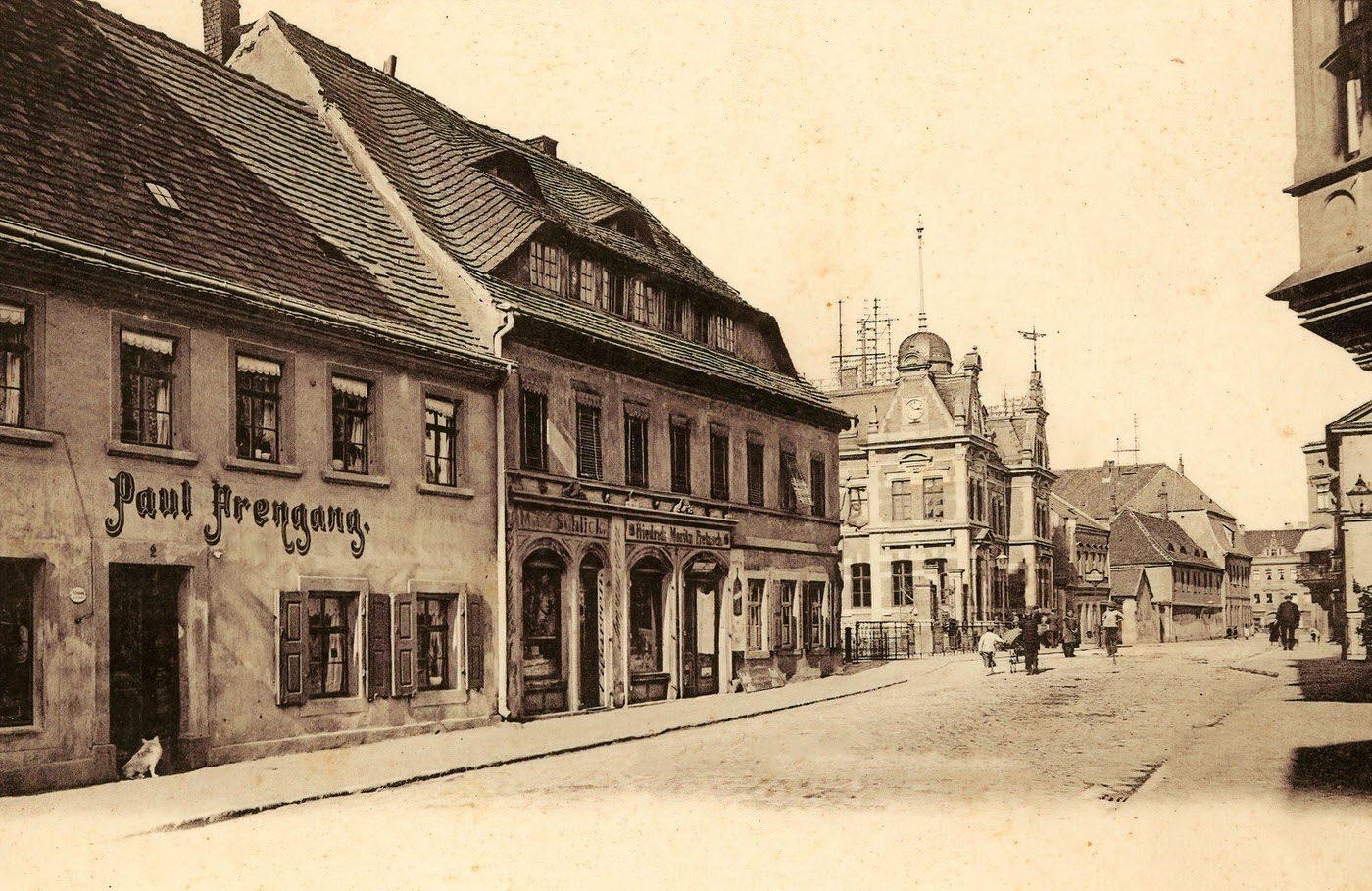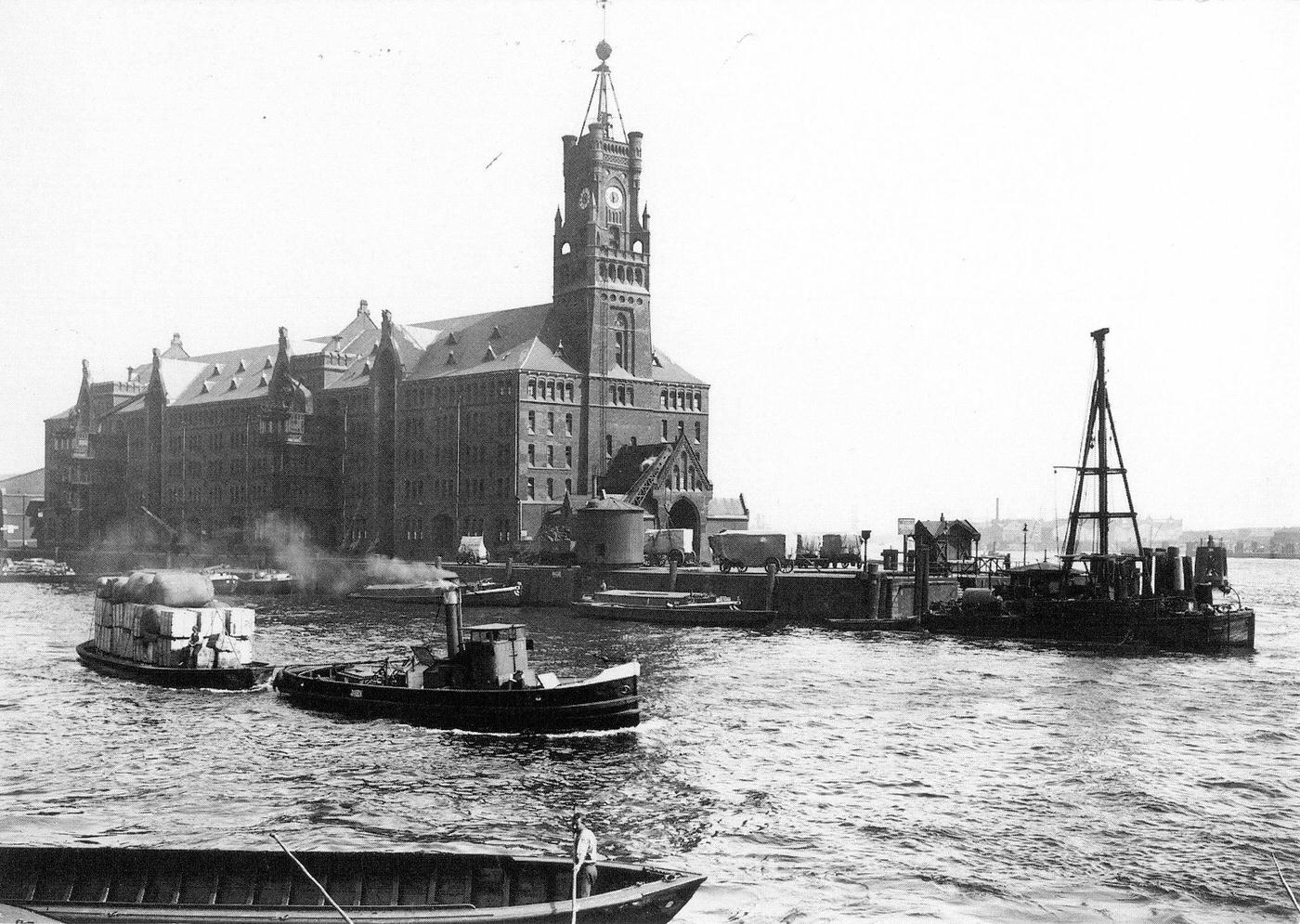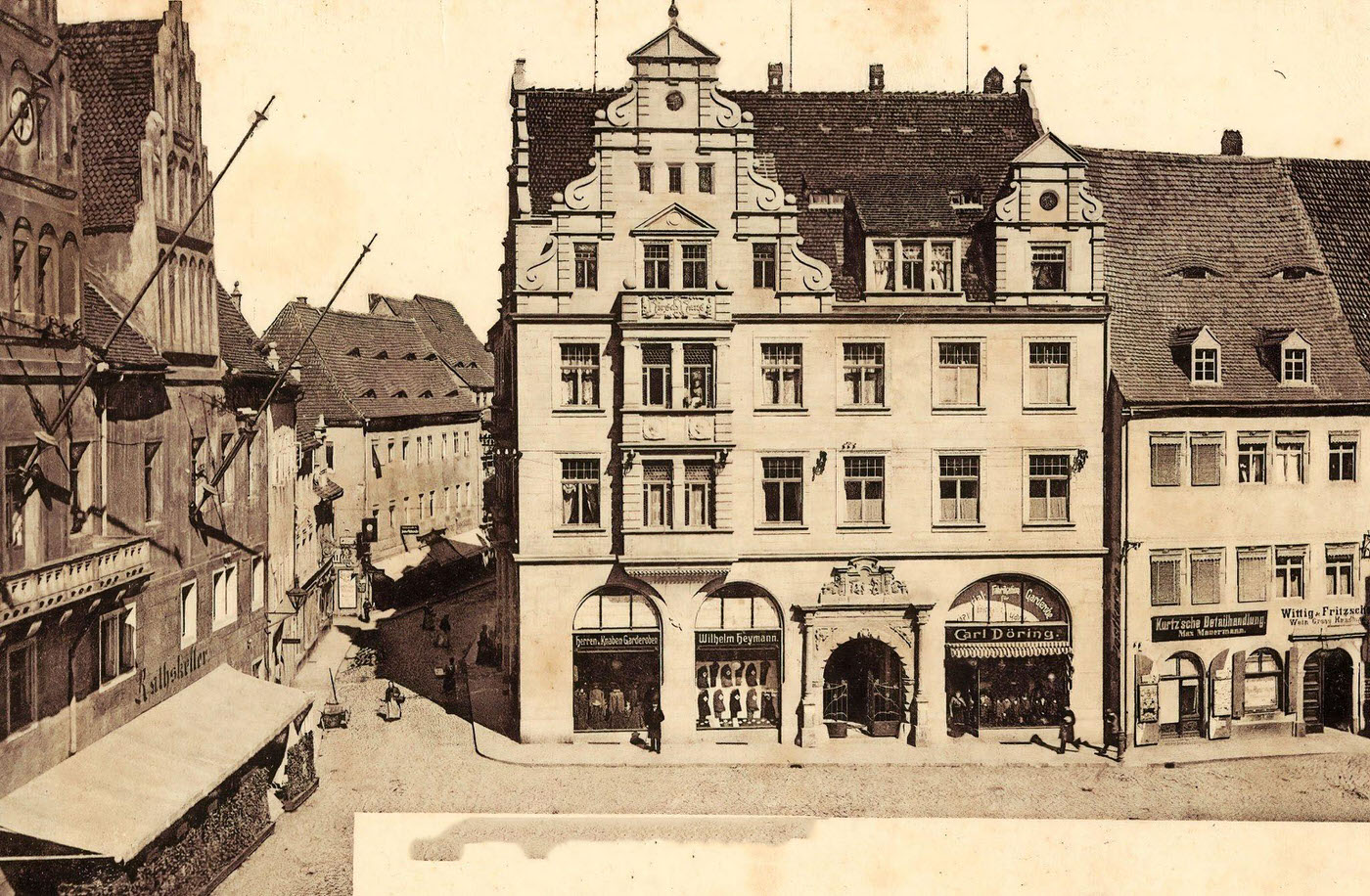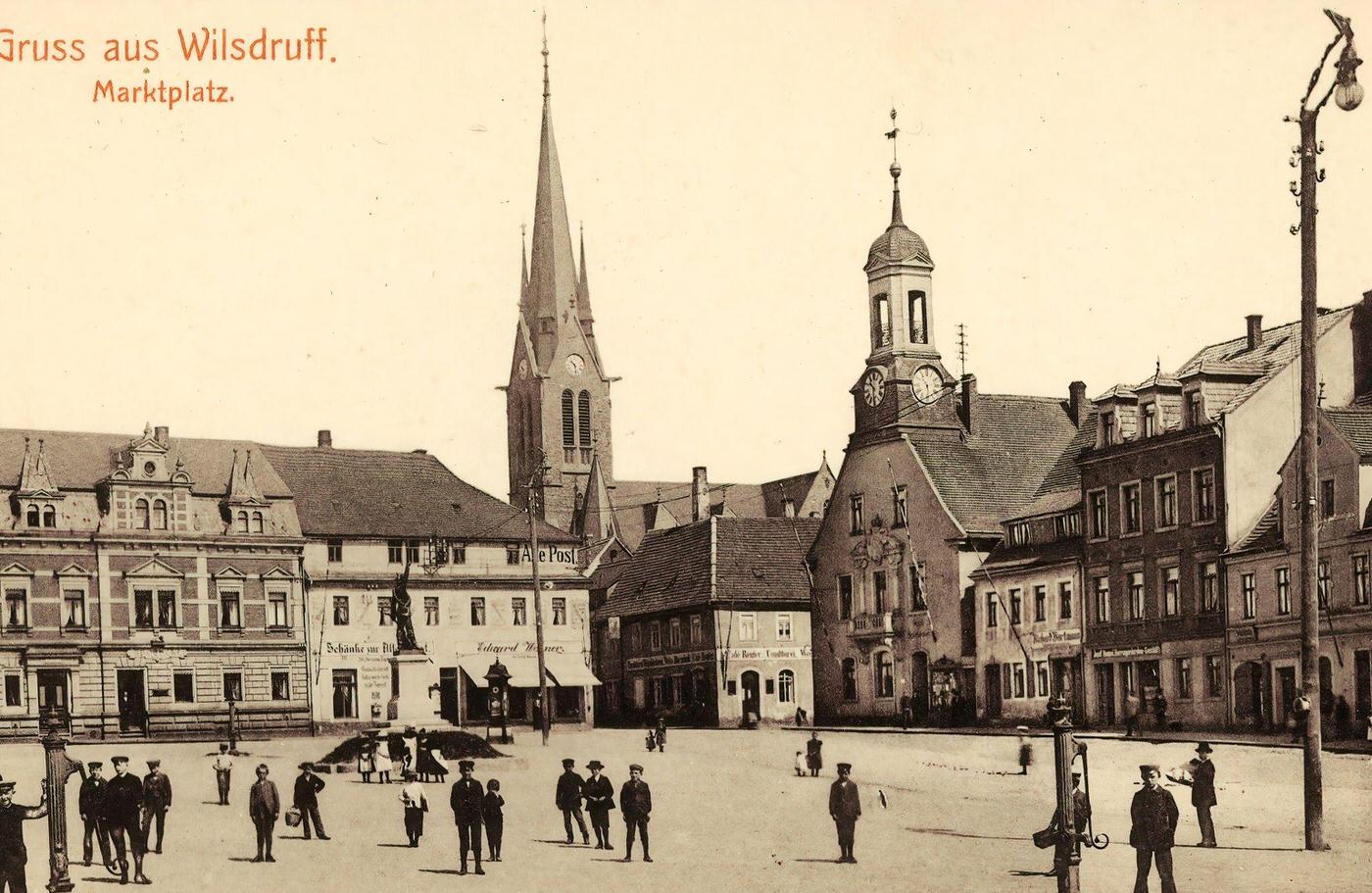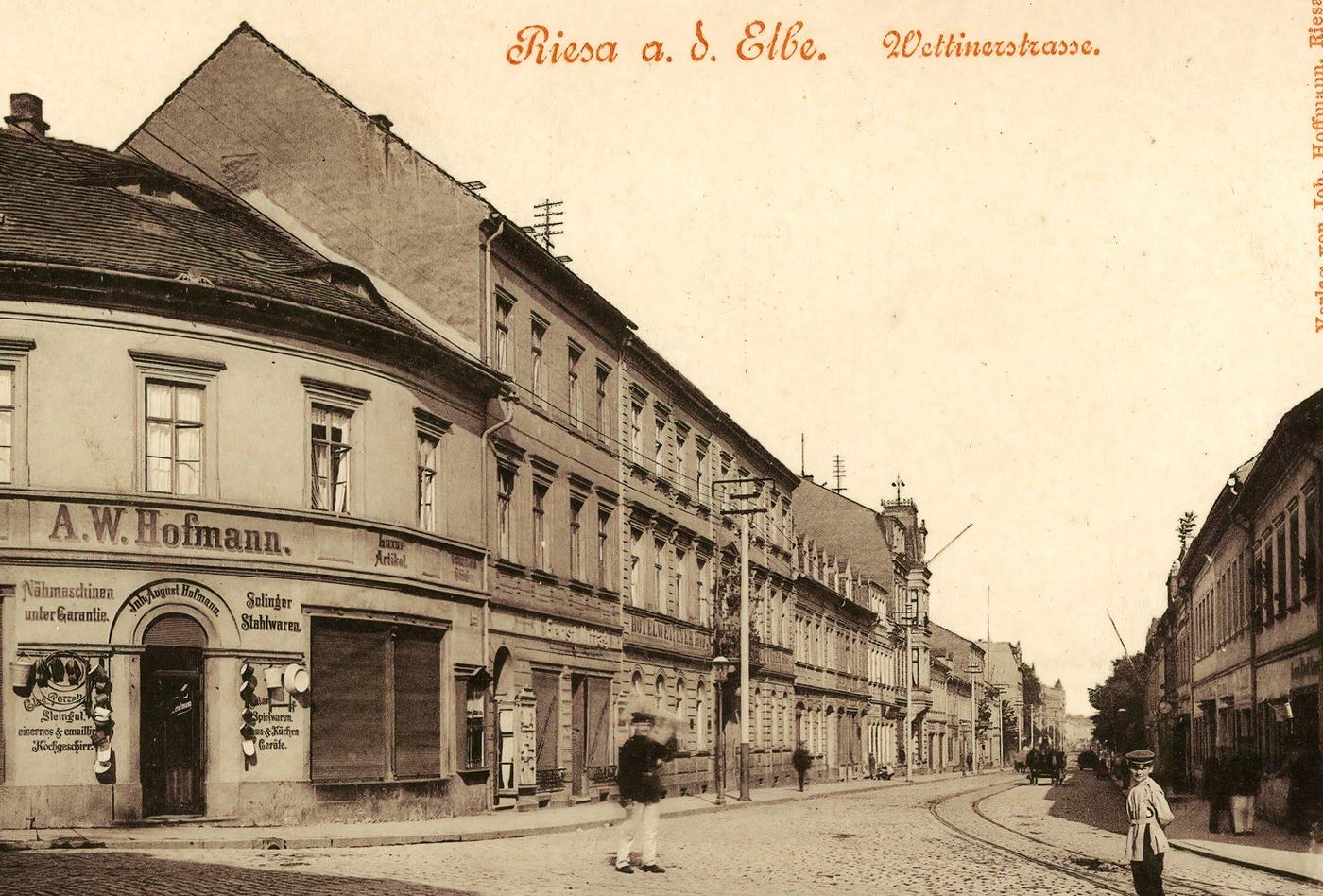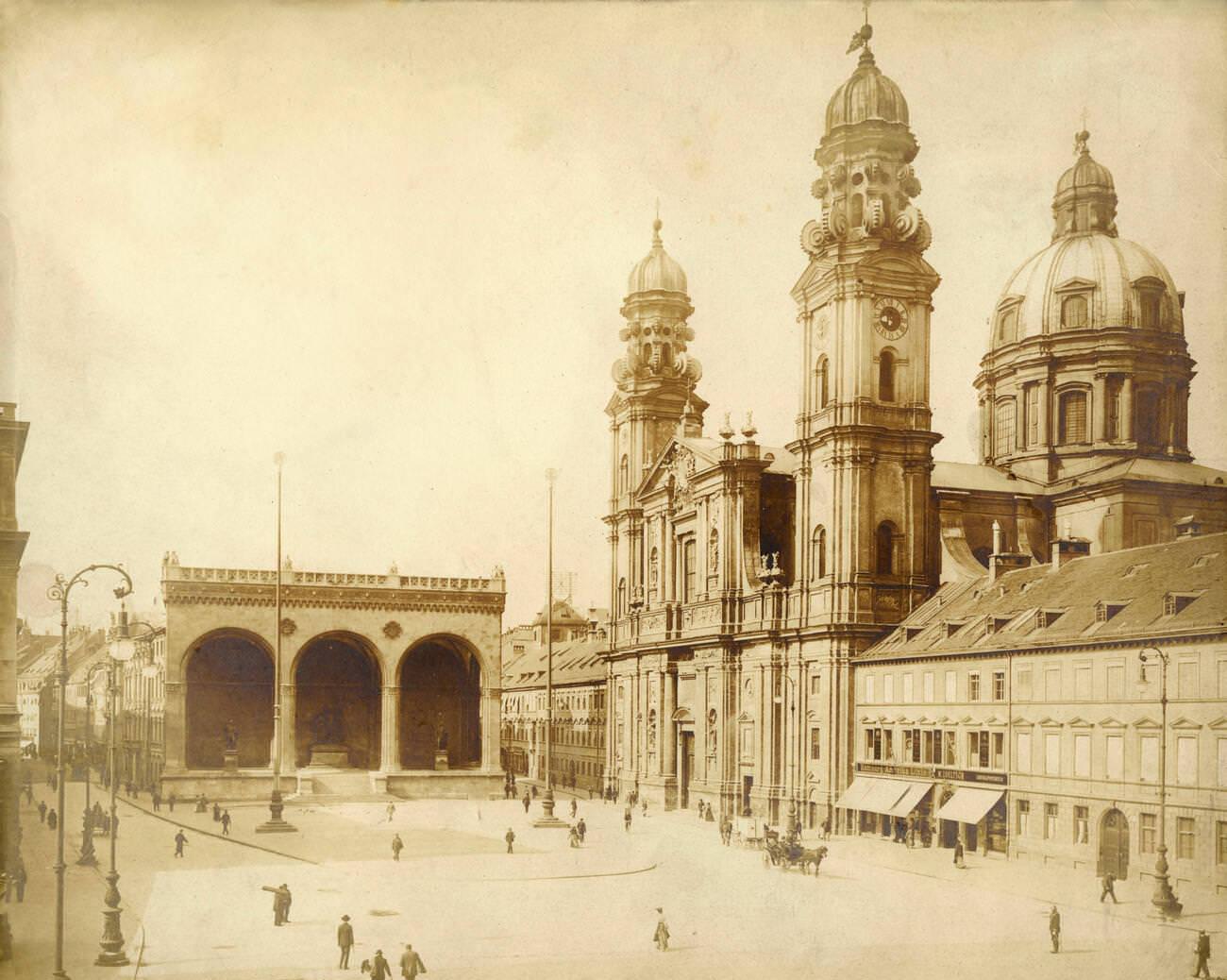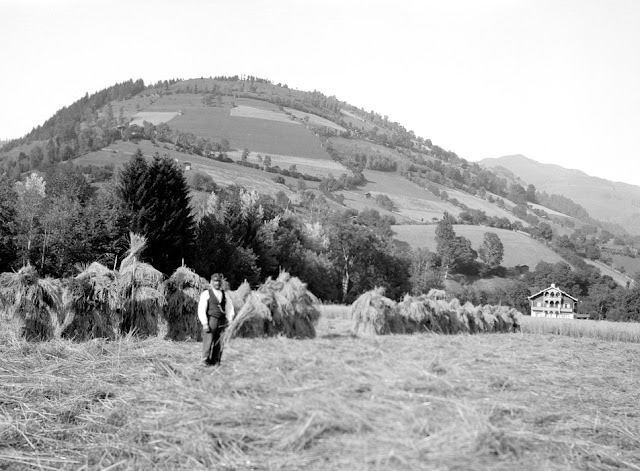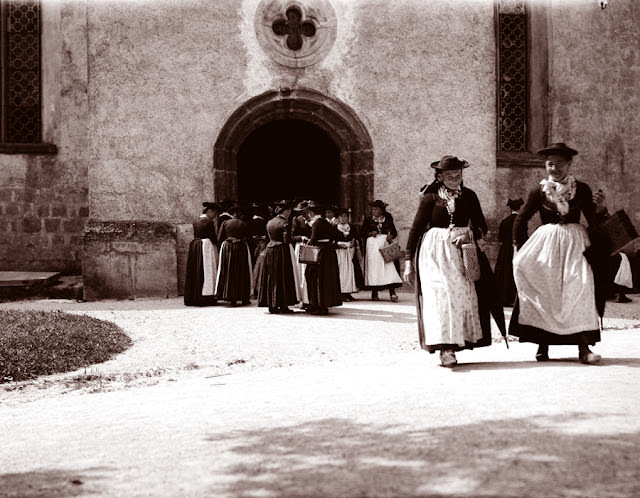As we sit in the comfort of our modern era, it’s intriguing to imagine what life might have been like at the beginning of the 20th century. Particularly in a place like Germany, which was already steeped in history and culture, the 1900s was a pivotal decade that set the stage for profound global events to come. Let’s embark on a fascinating journey back in time to explore the early 1900s in Germany.
The Setting: The Kaiser’s Germany
In 1900, Germany was a relatively new nation. Formed in 1871 under the leadership of Chancellor Otto von Bismarck, Germany was an empire – the German Reich, led by Kaiser Wilhelm II, also known as the German Emperor. A grand nephew of Queen Victoria of Britain, the young, ambitious Kaiser Wilhelm II sought to position Germany as a global power.
Germany in the 1900s was a fascinating mix of traditional and modern. It was a period of remarkable progress and growth, marked by industrialization, technological advancements, and burgeoning urbanization.
Innovation and Progress
At the turn of the 20th century, Germany was a hub of scientific innovation and technological advancement. German inventors and scientists made significant contributions across various fields. For instance, in 1905, Albert Einstein, working as a patent clerk in Bern, Switzerland, published his Special Theory of Relativity, forever changing the way we understand the universe.
Germany’s industrial landscape was also expanding rapidly. Its coal and steel production soared, and manufacturing of products such as electrical equipment, chemicals, and automobiles boomed. Germany was swiftly becoming one of the world’s leading industrial powers.
City Life and Society
The cities of Germany buzzed with life and activity. Berlin, Munich, Hamburg, and Frankfurt saw a significant increase in population as people flocked from rural areas for employment opportunities. Berlin, the capital, transformed into a vibrant metropolis known for its rich cultural life, with a thriving scene of music, theater, and art.
However, this rapid urbanization also led to social issues. Overcrowding, lack of proper sanitation, and workers’ rights were pressing concerns of the era.
The Winds of Change: Politics and International Relations
On the political front, Germany was a mix of progress and conservatism. While the Kaiser and his government held significant power, the Reichstag, the German parliament, was growing in influence. Workers’ parties, such as the Social Democratic Party, were gaining momentum, demanding better conditions for the working class.
Internationally, Germany’s ambitious policies often led to tense relations with other powers. Kaiser Wilhelm II’s desire for a global presence, particularly a powerful navy, resulted in increased rivalry with nations like Britain and France. This rise in nationalistic fervor and international tension was a harbinger of the devastating conflict that would engulf the world in the next decade.
Cultural Renaissance: Arts, Literature, and Music
The German cultural landscape in the 1900s was truly eclectic. A confluence of classic and contemporary trends set the tone for a cultural renaissance. Literature, for instance, was shaped by the works of Thomas Mann, whose novel “Buddenbrooks” (1901) gave an astute insight into the bourgeois society of the time.
In the realm of music, Germany continued to revere its pantheon of classical composers like Bach, Mozart, and Beethoven. Simultaneously, modern composers such as Richard Strauss pushed the boundaries of music with their innovative compositions.
Visual arts also experienced a seismic shift. While traditional painting styles persisted, avant-garde movements started to emerge, precursors to the profound changes that would characterize German art in the following decades.
Sports and Recreation
Sports and leisure activities gained popularity in the 1900s. Football (soccer), which had been introduced in the late 19th century, was growing in popularity, with local clubs forming across the country. Gymnastics and athletics were also popular, partly due to the physical education movement in German schools.
Moreover, Germany’s scenic landscapes, from the Black Forest to the Bavarian Alps, became favorite destinations for hiking and recreational outings. Tourism started to develop, both domestically and from abroad.













